How To Find Spy Cameras?
In today's world, privacy is a growing concern, and the possibility of hidden cameras in private spaces is a real threat. Whether you're staying in a hotel, renting an Airbnb, or even suspecting surveillance in your own home, knowing how to find spy cameras can help protect your privacy. This article will guide you through practical steps and methods to detect hidden cameras, ensuring your personal space remains private and secure.
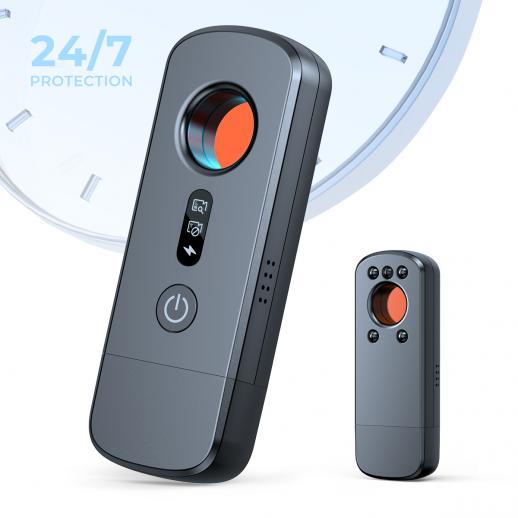
Understanding the Threat
Before diving into the methods of detection, it's essential to understand why someone might use a hidden camera. These devices can be used for various reasons, ranging from security purposes to malicious intent. Hidden cameras can be as small as a pinhole and can be concealed in everyday objects like smoke detectors, clocks, or even electrical outlets. The first step in protecting yourself is acknowledging that these devices can be virtually anywhere.
Visual Inspection
One of the simplest and most effective ways to find hidden cameras is through a thorough visual inspection. Here are some steps to follow:
1. Turn Off the Lights: Many hidden cameras have small indicator lights that may be visible in the dark. Turn off the lights and look for any unusual glows or reflections.
2. Check Common Hiding Spots: Hidden cameras are often placed in areas where they can capture the most activity. Inspect objects like smoke detectors, air purifiers, clocks, and picture frames. Look for any unusual holes or lenses.
3. Use a Flashlight: Shine a flashlight around the room, especially in suspicious areas. The lens of a hidden camera will often reflect light, making it easier to spot.
4. Examine Electrical Devices: Check for any unfamiliar or out-of-place electronic devices. Hidden cameras can be disguised as USB chargers, alarm clocks, or even power strips.
Using Technology
While a visual inspection is a good start, technology can significantly enhance your ability to detect hidden cameras. Here are some tools and methods you can use:
1. RF Detectors: Radio Frequency (RF) detectors can help locate wireless hidden cameras by detecting the signals they emit. These devices are relatively affordable and easy to use. Simply turn on the RF detector and sweep it around the room. If it detects a signal, it will alert you.
2. Camera Lens Detectors: These devices are specifically designed to find hidden camera lenses. They work by emitting a red light that reflects off camera lenses, making them easier to spot. Some smartphone apps also offer similar functionality.
3. Smartphone Camera: Your smartphone can be a handy tool in detecting hidden cameras. Many hidden cameras use infrared (IR) light, which is invisible to the naked eye but can be detected by your phone's camera. Turn off the lights and use your phone's front-facing camera to scan the room. Look for any bright spots that indicate the presence of IR light.
4. Network Scanners: If you suspect a hidden camera is connected to your Wi-Fi network, you can use network scanning apps to identify all devices connected to your network. Look for any unfamiliar devices that could be hidden cameras.
Physical Inspection
In addition to visual and technological methods, a physical inspection can help you find hidden cameras. Here are some steps to follow:
1. Check for Wires: Hidden cameras often require power, so look for any unusual wires or cables. Pay attention to areas near electrical outlets and behind furniture.
2. Inspect Vents and Air Ducts: These are common hiding spots for cameras. Use a flashlight to look inside vents and air ducts for any suspicious objects.
3. Examine Mirrors: Some hidden cameras are disguised as two-way mirrors. To test if a mirror is two-way, place your finger against the glass. If there is a gap between your finger and its reflection, it's a regular mirror. If there is no gap, it could be a two-way mirror with a hidden camera behind it.
4. Listen for Unusual Sounds: Some hidden cameras make faint noises, especially if they have a motorized pan or tilt function. Listen carefully for any unusual sounds in the room.
Legal Considerations
While it's essential to protect your privacy, it's also important to understand the legal implications of finding and removing hidden cameras. In many jurisdictions, it is illegal to install hidden cameras in private spaces without consent. If you find a hidden camera, document its location and contact the authorities. Do not tamper with or remove the camera, as it could be used as evidence in a legal investigation.
Preventative Measures
To further protect your privacy, consider taking the following preventative measures:
1. Use a Camera Detector: Invest in a reliable camera detector and use it regularly, especially when staying in unfamiliar places.
2. Cover Cameras: If you're concerned about hidden cameras in your home, cover any built-in cameras on your devices when not in use. Use camera covers or tape to block the lens.
3. Secure Your Network: Ensure your Wi-Fi network is secure with a strong password. Regularly check for any unfamiliar devices connected to your network.
4. Be Cautious with Rentals: When renting a property, read reviews and choose reputable hosts. Upon arrival, conduct a thorough inspection for hidden cameras.
Finding hidden cameras may seem daunting, but with the right knowledge and tools, you can protect your privacy effectively. Start with a visual inspection, use technology to enhance your search, and conduct a physical inspection to cover all bases. Remember to consider the legal implications and take preventative measures to safeguard your personal space. By staying vigilant and informed, you can ensure your privacy remains intact in any environment.


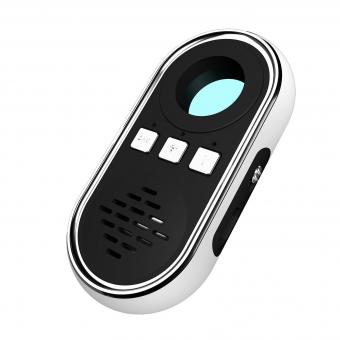
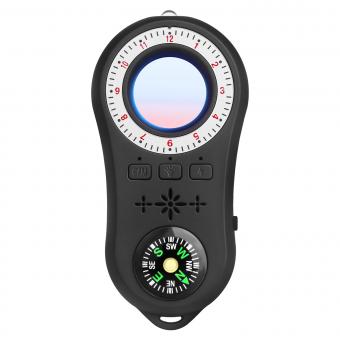
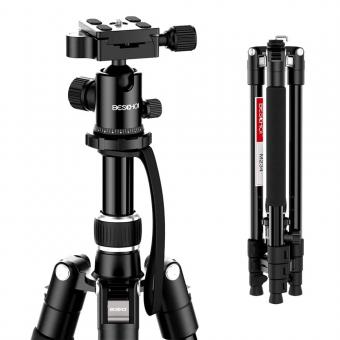
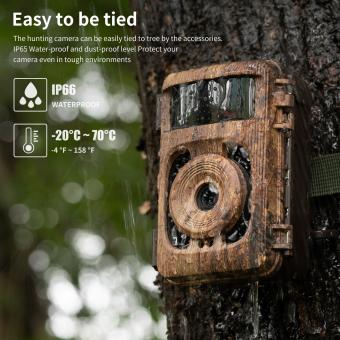
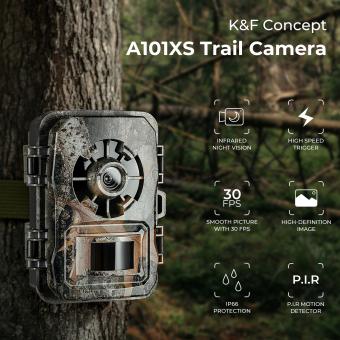
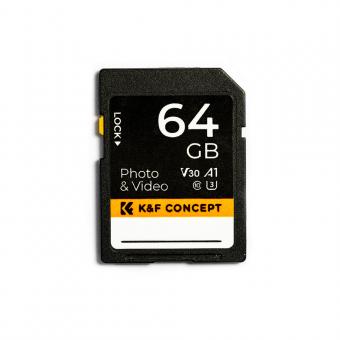
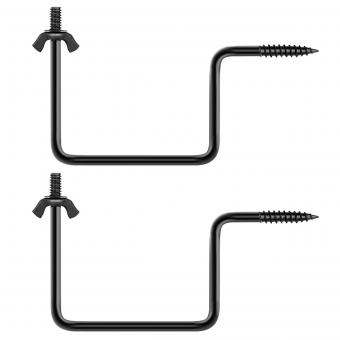


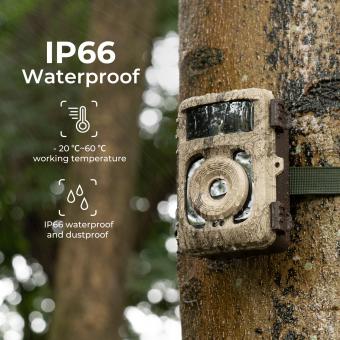
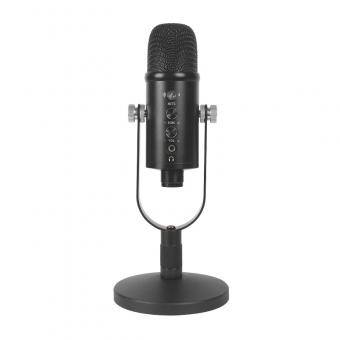





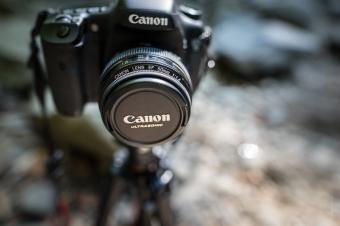
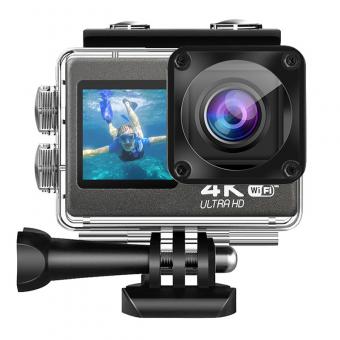


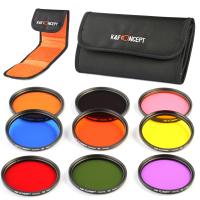


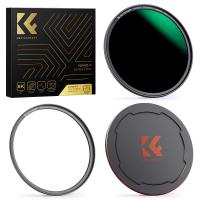
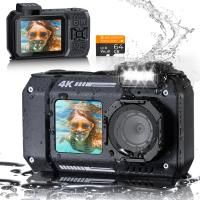
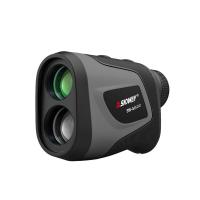

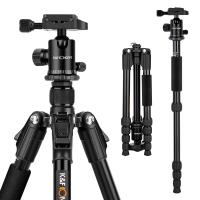
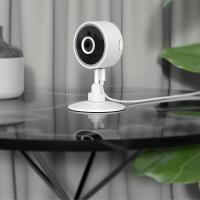

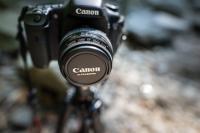

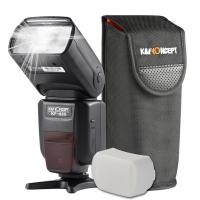


-200x200.jpg)

